In a new call for proposals, DARPA envisions living materials that could self-assemble into antennas, nets to capture debris, or even space station parts.
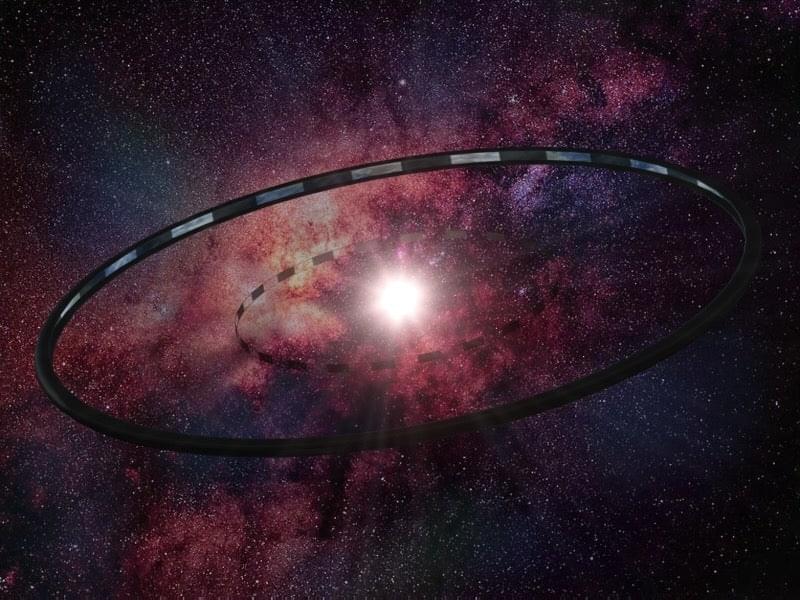

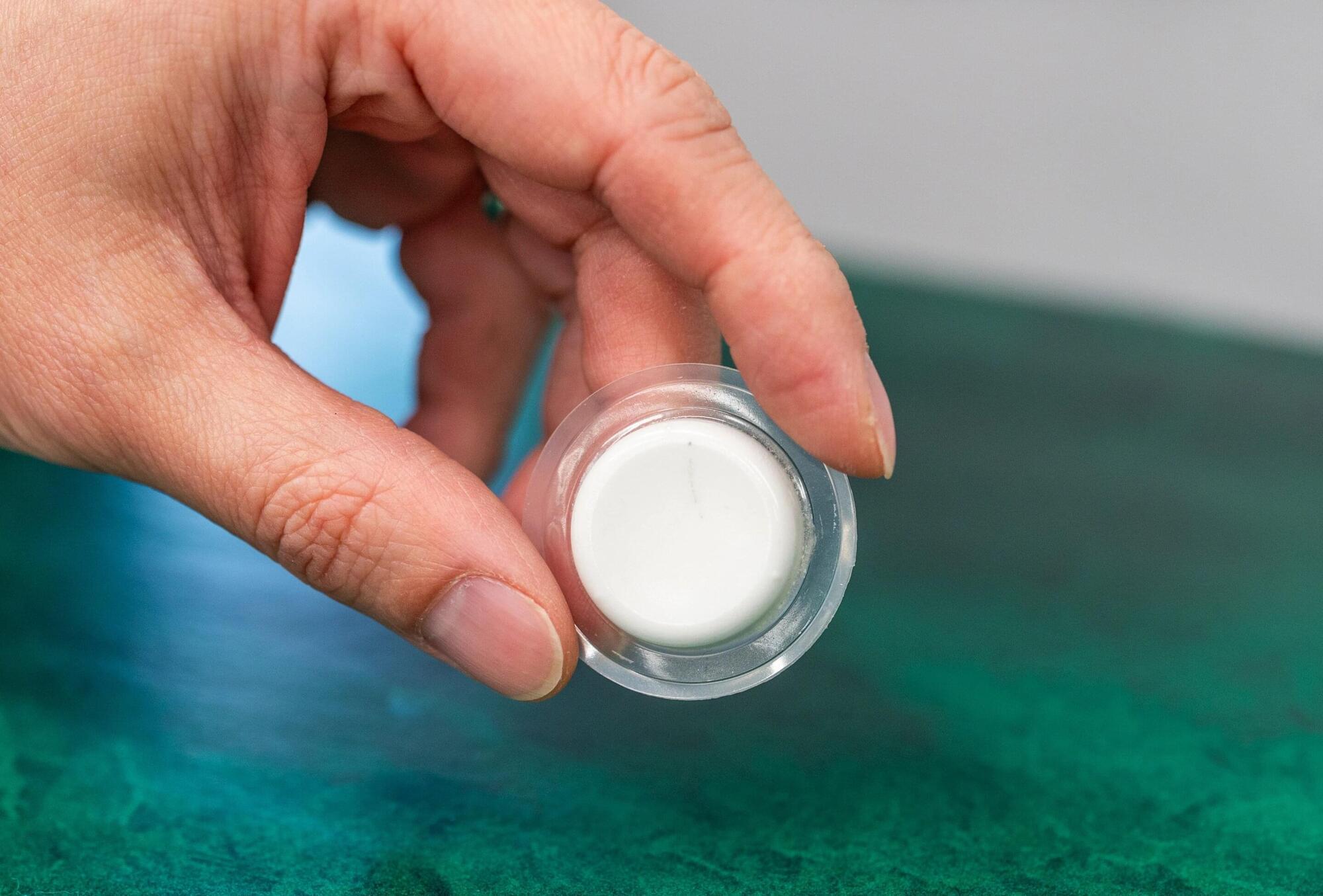
Researchers at Michigan State University have refined an innovation that has the potential to improve safety, reduce severe injury and increase survival rates in situations ranging from car accidents, sports, law enforcement operations and more.
In 2020 and 2022, Weiyi Lu, an associate professor in MSU’s College of Engineering, developed a liquid nanofoam material made up of tiny holes surrounded by water that has been shown to protect the brain against traumatic injuries when used as a liner in football helmets. Now, MSU engineers and scientists have improved this technology to shield vital internal organs as well.
Falls, motor vehicle crashes and other kinds of collisions can cause blunt force trauma and damage to bodily organs that can lead to life-threatening emergencies. These injuries are often the result of intense mechanical force or pressure that doesn’t penetrate the body like a cut, but causes serious damage to the body’s organs, including internal lacerations, ruptures, bleeding and organ failure.
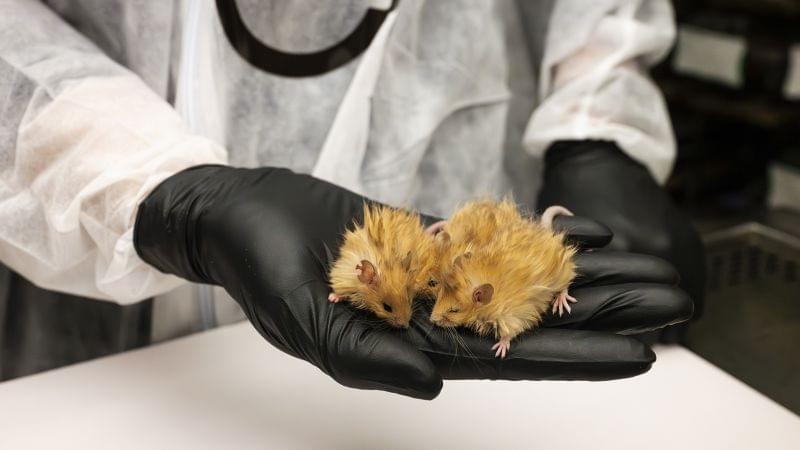

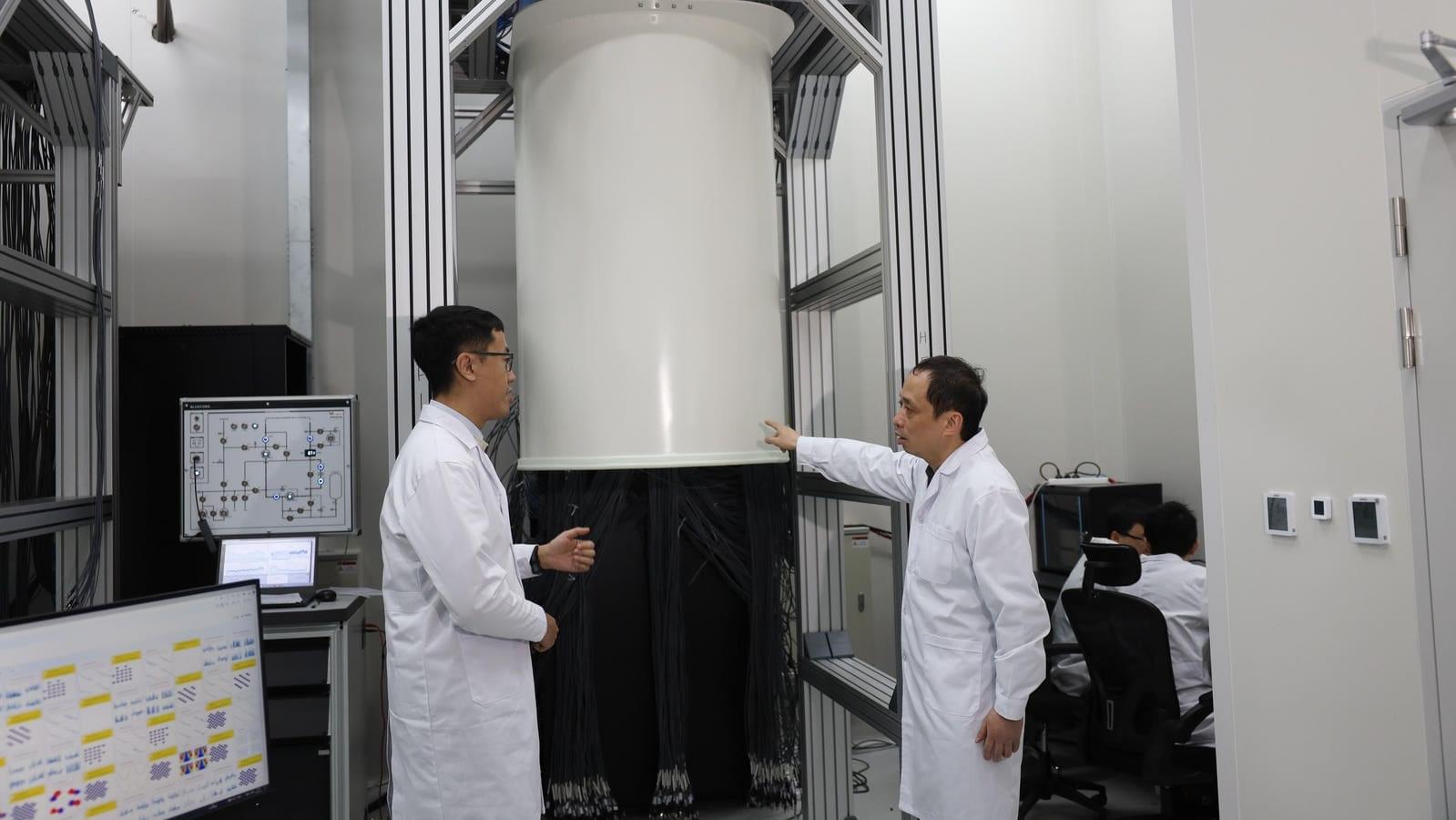
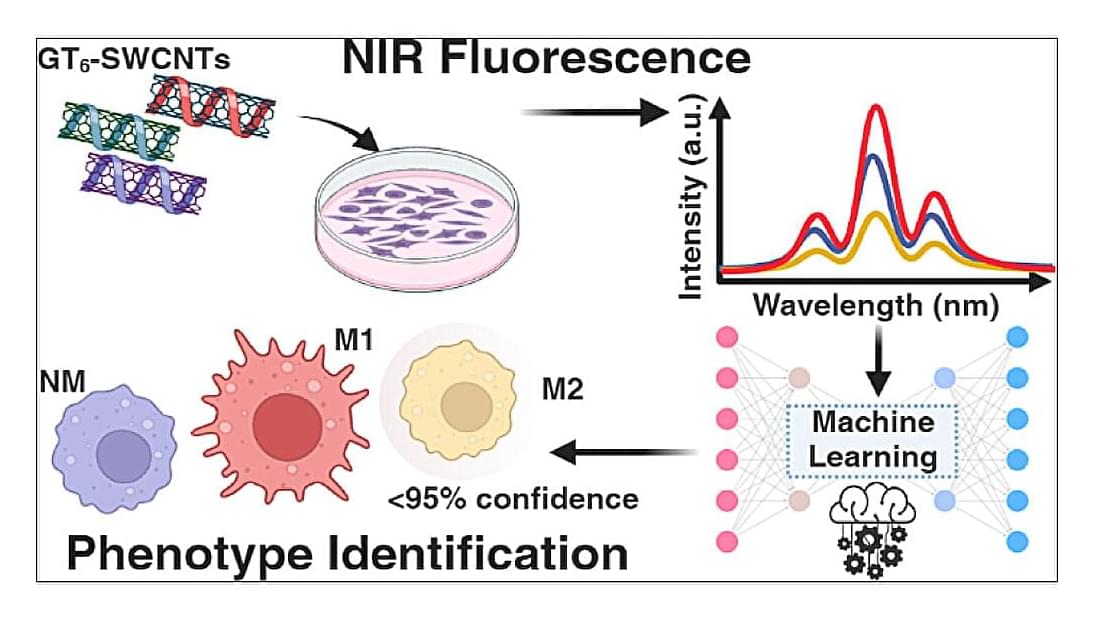
Early diagnosis is crucial in disease prevention and treatment. Many diseases can be identified not just through physical signs and symptoms but also through changes at the cellular and molecular levels.
When it comes to a majority of chronic conditions, early detection, particularly at the cellular level, gives patients a better chance for successful treatment. Detection of early changes at the cellular level can also dramatically improve cancer outcomes.
It’s against this backdrop that a University of Rhode Island professor and a former Ph.D. graduate student looked at understanding the smallest changes between two similar cells.

New simulations suggest that habitable worlds could have begun forming only 200 million years after the big bang.
By Conor Feehly edited by Lee Billings
Scientists today are quite sure about how long our universe has existed: it’s been 13.8 billion years, give or take 59 million years, since the cosmos burst into being via the big bang. But they’re much less certain about a related question: When could life have first arisen, somewhere out there? Our solar system formed a mere 4.6 billion years ago, after two thirds of cosmic time had already elapsed, and life seems to have happened here almost as soon as Earth cooled down from its fiery birth to harbor oceans of liquid water.


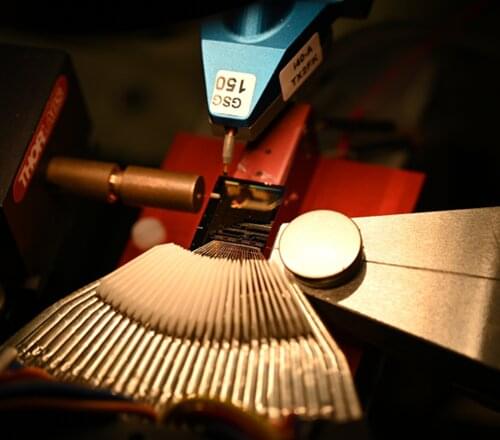
Researchers at the University of Twente, in collaboration with the City University of Hong Kong, have designed a cutting-edge programmable photonic chip in a thin-film lithium niobate platform, an important material in photonics. Published in Nature Communications, this work paves the way for next-generation high-performance radar and communication applications.
An important material is changing the way optical chips work, making them smaller, faster, and more efficient: thin-film lithium niobate (TFLN). It offers exceptional properties for how light and electrical signals can interact. This enables the seamless integration of key components—such as electro-optic modulators and signal processors—onto a single chip. As a result, optical devices can achieve unprecedented compactness, efficiency, and performance.
Researchers at the University of Twente have designed a TFLN-based integrated photonic chip, working in close collaboration with City University of Hong Kong, where the fabrication takes place. At the same time, these chips are also being fabricated locally in the MESA+ Nanolab.